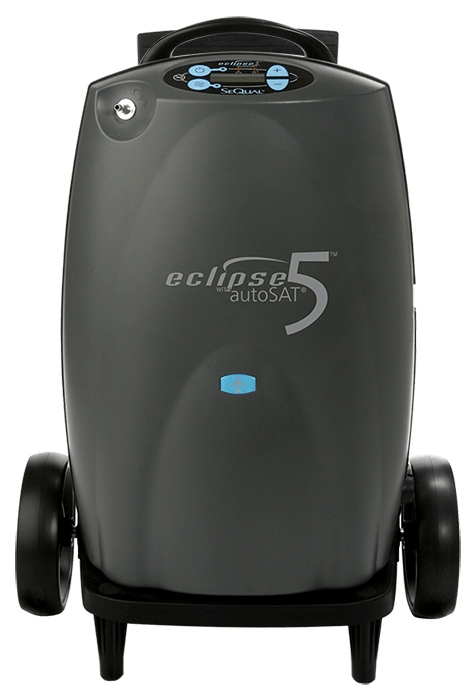
Hearing aids are essential tools in treating hearing loss. However, getting used to new hearing aids can be a bit of a challenge: At first, everything may feel unfamiliar or even uncomfortable, but over time, you will get used to the new sensations. The adjustment can be gradual, but with the right approach, you can begin to experience the benefits of hearing aid use without the initial discomfort. In this article, we give practical tips to address five common concerns you may experience in your first few weeks of hearing aid use, allowing you to maximize the benefits of these devices.
Difficulty with inserting hearing aids
Inserting hearing aids can be challenging at first. Most people have a slight bend in their ear canals and may struggle to align their hearing aids properly to account for this bend.
Your audiologist will do practice insertions during your fitting and orientation session. Take a picture of how the hearing aid looks in your ear when properly inserted to help you remember what you want to see when you check in the mirror at home. A three-way mirror may also be helpful. Eventually, you’ll have a good sense of how they fit in your ear and may not need a mirror.
When you’re getting used to putting in your hearing aids, it’s also a good idea to insert them while sitting on a bed or another soft surface so that if you drop one, it won’t fall on a hard floor and possibly become damaged.
If you get sore spots in or around your ears after a few days, consult with your audiologist. Your hearing aids fit may need to be adjusted, or you might be pushing against your ear canal while inserting them. If you feel pain, stop wearing them and consult your audiologist.
Find the Best Hearing Aids For You!
Getting used to how things sound
Most people get hearing aids after several years of increasing hearing difficulties. During this time, the brain adjusts to the lower volume. When you first hear amplified sound through a hearing aid, it will likely not sound normal. Some sounds may be too loud or sharp.
Often, audiologists will give an initial fitting that makes the sounds softer and less sharp than your ideal sound prescription to account for this adjustment. Over time, though, your brain will acclimate to the sound, and the audiologist can then adjust to your ideal prescription. This acclimation process varies from person to person.
Try to wear your hearing aids as much as possible during your waking hours. This allows your brain to hear and acclimate to a variety of sounds. If you wear them only intermittently, it can be like jumping in and out of a pool and never getting used to the water temperature.
Your own voice will also likely sound different with hearing aids because of the occlusion effect that occurs when you cover your ears. Your voice may sound like an echo. The audiologist will try to adjust for this during the initial fitting, but some effects may remain for a while. If it does not improve, see your audiologist for fitting adjustments.
Some people listen to books on tape or watch television with captioning to help themselves acclimate to the sounds amplified by their hearing aids. Others experiencing the occlusion effect find that reading books aloud helps them get used to the sound of their voice.
Hearing aid maintenance
Proper hearing aid maintenance is essential. It’s important to keep the microphones and speakers free of earwax and to periodically use a hearing aid dryer to keep your devices functioning properly and minimize the need for repairs. If your hearing aids are working correctly, you’re more likely to experience their benefits. You’re also more likely to use them if they are clean. Your audiologist will instruct you on how to clean your new hearing aids. You can also find how-to videos for cleaning specific models online.
Be sure to incorporate cleaning and maintenance into your routine. Many people form a habit of cleaning hearing aids when they take them off just before bed. If you have dexterity or vision problems that make cleaning them difficult, you may need to ask for help or visit your audiologist’s office more frequently to have the staff clean them for you.
Managing feedback
Hearing aids can produce feedback when amplified sound leaks out of the ear, is amplified by the device again, and then leaks back out of the ear. The looping cycle that results may sound like squealing or whistling. If you hear a whistling sound while wearing your hearing aids, the first step is to ensure they are fully inserted into your ears. If the feedback does not stop, contact your audiologist. You may need a fitting adjustment. The audiologist will also check your ears for earwax that could be causing the problem.
Modern hearing aids have feedback suppression systems in their internal computer chip programming, making feedback less of a concern than in the past.
Listening fatigue
Some people feel tired in the first few days of wearing new hearing aids. Your brain is getting used to a new way that the world sounds. It’s OK to take breaks from listening. If fatigue is a problem, you can start by wearing them for a few hours a day and gradually increase to a full day over a period of two weeks.
Remember to ask people to face you while talking so you can read lips if needed. Turn down the television and other background sounds. Practice good communication strategies, such as choosing quieter seats in restaurants. These strategies make it easier for you to comprehend when people speak, which will reduce listening fatigue. You and your loved ones can also visit websites like the Hearing Loss Association of America for additional helpful communication strategies.
Adjusting to new hearing aids takes time
Getting used to new hearing aids can take time and patience, but if you follow the tips above, you’ll soon experience their many benefits. Work with your audiologist to address any significant or lingering adjustment issues. Adjusting to your new hearing aids will help you to interact better with your world and communicate better with loved ones, allowing for a richer, more connected life.








